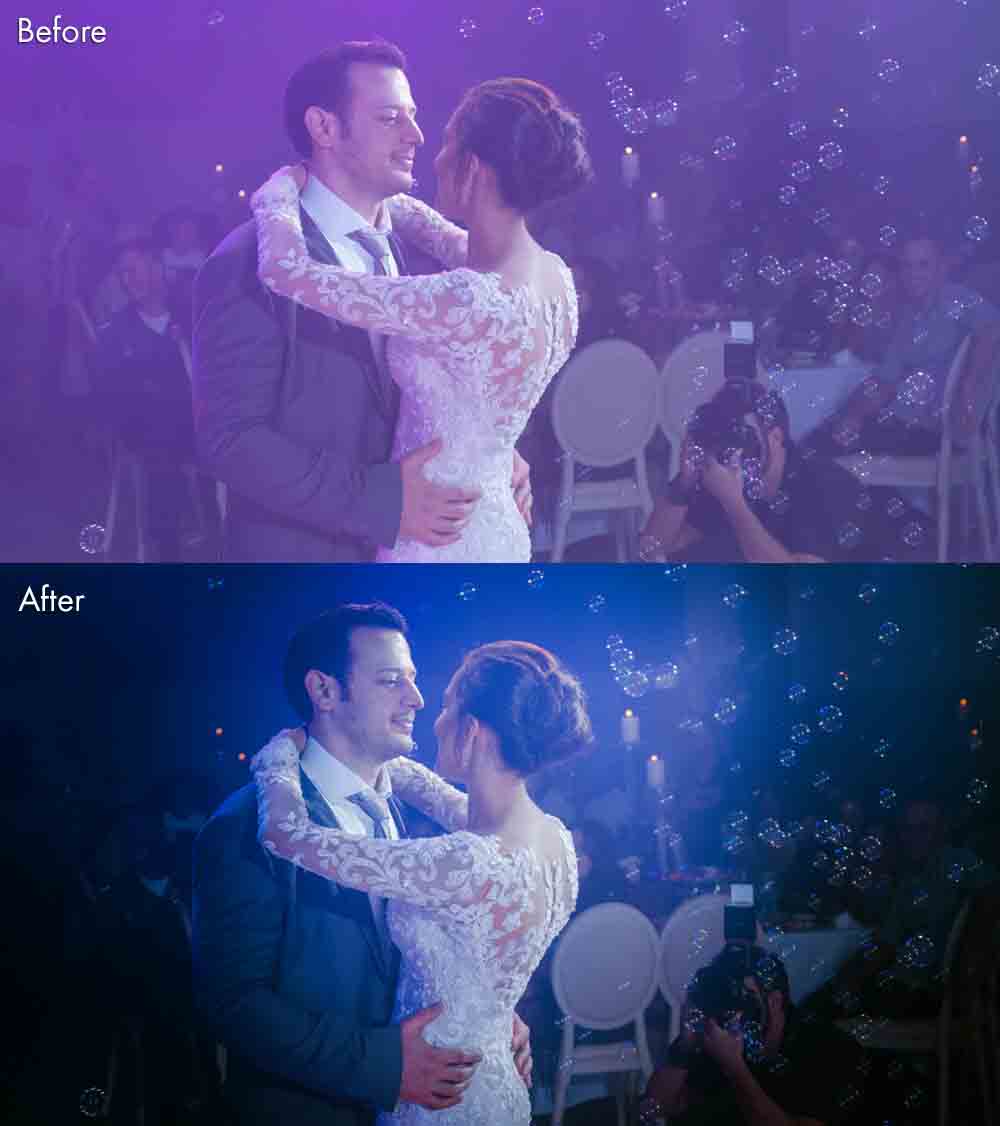

If you’re with me so far we can move on to what this all has to do with presets and profiles. If you don’t have access to these tools, I recommend looking at your images on a variety of different screens to at least get a sense of inaccuracies you might be unaware of. If you’re working primarily for web use, you will want to export in sRGB because that is the color space used on the internet.Īll this is important because when you use powerful editing software like Lightroom, you want the exported result to match the look you’ve created.Īdditionally, you will want to make sure you’re working with a color-accurate monitor that has been calibrated.

The reality here is that if you’re editing images for print, you may want to export in a larger color space like Adobe RGB so that you’ll get a closer look to your printed image. That changes when you export your images to jpg. Luckily ProPhoto RGB is able to see all the colors digital cameras can create. When working in Lightroom you’ll be working in ProPhoto RGB. These all form overlapping areas of a visible color spectrum but don’t have the same boundaries. Our visual color field is different than what can be reproduced on screens, paper, and on websites. Image printers will have a certain color profile that they utilize and your paper choice can also impact how colors appear. This can be found in the menu system of your camera. You might recall that your camera offers a choice of profiles and typically we use Adobe RGB or sRGB. I’m not by any means an expert on this but I’m going to try to explain it well enough that you can understand what you need to understand for the sake of this article. Let’s start with remembering color profiles and RGB curves, sorry in advance for the art class flashbacks.


 0 kommentar(er)
0 kommentar(er)
